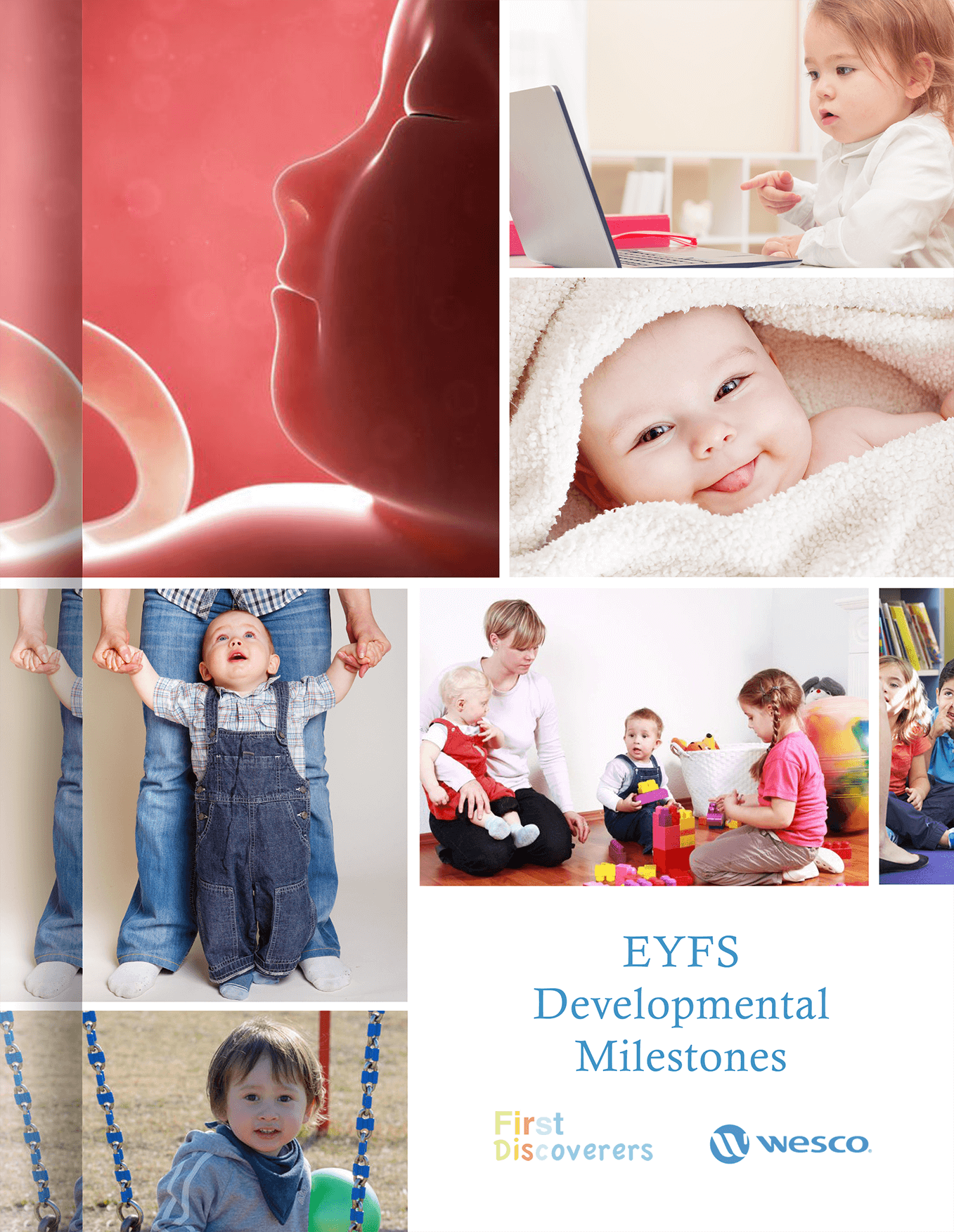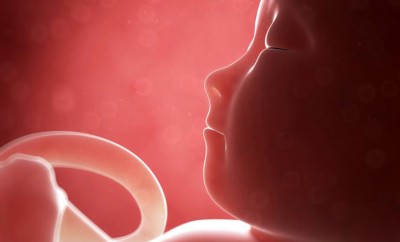
Child Development Stages
Why Do Babies Cry: The Nine Different Sounds and What They Mean
Let’s face it, when babies cry can be totally destabilizing and disarming. It acts on our little heart like a flashing light but also on our nerves like a needle. Before alarm and loss of patience, we suggest that you immerse yourself in this very special sound universe.
We went to meet the association Ensemble pour l’Education de la Petite Enfance to take stock of this subject and offer you answers.
You will discover that Baby, with its words, speaks to you and gives you indications on its needs and what you can do to support it. Goodbye frustration!
Why Are You Crying Baby?
Baby’s cry plays an essential role in the health and development of infants. They are a physiological reaction to their primary needs.
From five months, Baby’s crying modulates and this language diversifies to communicate even more specific needs.
These first tears are the signals that his body emits. Without response to these signals, the crying becomes real cries of alarm and, from an unfulfilled need arises a frustration that turns into emotion.
Baby experiences his emotions very intensely (in the brain, emotions sit in the amygdala). He does not yet know how to regulate these emotional storms that cross him. Crying, sometimes spectacular, is the expression of these storms. In order to better understand your own emotions in front of Baby, you can imagine yourself as the prefrontal part of his brain, the one that will come in the coming years to regulate his emotions. By listening to these tears, you participate in the creation of a bond of trust.

What Are They Trying to Say?
What is absolutely incredible is that all babies, regardless of mother tongue, speak the same language at birth. The sounds they emit are a physiological reflex to express a need. More than crying, they are signals expressing needs. These first sounds allow you to be able to meet Baby’s needs before his discomfort is too strong. Priscilla Dunstan’s scientific theory, validated through her international research, allows us to classify them here. By studying these sounds, you will be able to understand Baby’s crying.
As if to suckle, Baby’s tongue sticks to his palate and the sound that comes out is “Neh”. Baby needs to eat.
The diaphragm lowers, the larynx closes, and the air tries to come out fairly brief and jerky. Help baby burp and feed him only if he no longer produces this sound.
With yawning, the mouth opens wide, the tongue flattens down and recedes. This is the signal to go to sleep, quickly!
The sound is hoarse, contracted, prolonged. Baby’s stomach is often torn by painful gases and Baby squirms. Baby needs movement to relieve himself. Massage him to help.

EYFS Developmental Milestones – Download Free eBook
The soft H is particularly recognizable. Baby’s skin is uncomfortable here. It needs to be changed, it is hot, it is cold, its position is not comfortable or a diaper rash has appeared. Verification is required.
This sound is accompanied by increased salivation and it seems to rub its gums against each other. You can offer Baby a teething ring.
The sound is calm and sad. With this little meow, Baby says that he is bored and that he needs bond and presence. Interact with Baby, he is waiting for you!

The tongue peels off the palate, a small drink is essential.
Baby’s whole body is tense and nothing is going right. You just have to cuddle Baby to calm him down.
Although you and Baby are not yet speaking the same language, they are already telling you how they are feeling. By putting your own words on his, by offering him the appropriate care, you show him that you understand his message and that you are present for him. This will allow him to find comfort and help him calm down.
Imagine what comfort for your newborn to know they are heard and understood!
Should You Let a Baby Cry?
There is no single answer. Depending on his age, maturity and character, your active presence may or may not be required.
In its first weeks of life, the sounds expressed are there to meet its needs. There is no question of talking about a temperamental baby. By responding to his needs, you allow him to quickly set up his diet, his sleep, his “secure” attachment. You also allow him to manage his stress and to guard against possible behavioural disorders (feeding in response to each cry is not a recommended solution for example). It is also a benefit for adults because if you understand the baby’s needs faster, you can create a serene bond with him. Parents find their balance more easily and can collaborate. It can also be interesting to share this tool with siblings. The “grown-ups” will thus be able to create an unprecedented bond with Baby.
When Baby grows up, observation time is often necessary to understand what is at stake …
In a situation of intense crying, it is important that the adult is present. You teach Baby to recognise the emotion that runs through him by naming it. Your recognition, your listening, your physical proximity, your availability and your attitude soothes him.
If he is not in distress, his needs are met and you have already made your presence known to the child, you can also help the child learn self-control. By moving away slowly, he will be able to learn alone to calm his emotions. Suck on his fingers, chew on a cuddly toy, each Baby finds his “thing” to reassure himself.
It is important to keep in mind that the cry is normal and that the baby’s frustration is an inevitable situation. You cannot anticipate all of his needs. Of course, some sounds will escape you and you will face the misunderstanding. Be certain that your presence is already a great relief for Baby. Also, listen to your own emotions. When you lose patience, talk to your loved ones: it is not a defeat because each parent goes through phases of exhaustion, doubt and frustration. Putting solutions in place to overcome them is the most beautiful of victories, and will certainly be your greatest pride.
The answer you give to this little man will help him to build thanks to the bond of trust that you will have created with him.
We would particularly like to thank the Association Ensemble pour l’Education which was kind enough to share this information with us.
To know more:
• Read the book by Priscilla Dunstan & Isabelle Filliozat “He’s crying, what does he say? – Finally, decode the hidden language of babies”
• Improve your ability to decipher crying with Lecture # tpep17 Dr. Claude Swaenepoel, decoding crying baby
• Crying is also the result of emotions. Watch the video Tell me … how to help the child better manage his emotions
• Watch the video Tell me … why do babies cry?
Deepen your knowledge by following the Conference # tpep17 “the baby, his crying and the management of emotions”




You must be logged in to post a comment Login